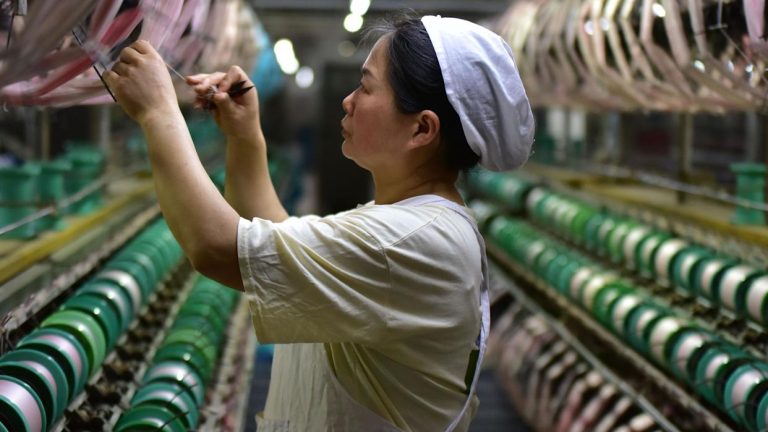🎧 Listen to This Article
As global trade tensions continue to mount, China has issued a stern warning to countries contemplating trade deals with the United States that could be seen as hostile to Chinese interests. The warning comes amid a flurry of new US tariffs and diplomatic maneuvers by the Trump administration, designed to pressure international allies into restricting trade with Beijing in exchange for exemptions from American import taxes.
“Appeasement cannot bring peace, and compromise cannot earn one respect,”
– Chinese Ministry of Commerce spokesperson
Global Trade War: From Bilateral Feud to Multilateral Fallout
Originally centered on Washington and Beijing, the US-China trade war is rapidly becoming a global affair. In recent weeks, the Trump administration has opened negotiations with over 70 countries, offering tariff exemptions to those willing to limit trade with China. Japan, South Korea, and India are among the first major economies caught in the crosshairs of this growing geopolitical-economic rivalry.
A spokesperson from China’s Ministry of Commerce stated firmly that any country cutting a deal that undermines Beijing’s economic interests would face countermeasures, signaling a potential expansion of the trade war beyond just Washington and Beijing.
These remarks mirror sentiments from a recent editorial in the state-run China Daily, which warned the European Union not to follow a path of “appeasement” toward the US.
Pressure Mounts on Allies: Japan, South Korea, and India at the Negotiation Table
The Trump administration’s tactics have pushed countries like Japan and South Korea into difficult positions. According to Jesper Koll of Monex Group:
“About 20% of Japan’s profitability comes from the US, and 15% from China. Japan doesn’t want to choose between the two.”
Last week, Japan’s top trade negotiator Ryosei Akazawa held talks in Washington, D.C., and South Korea is expected to begin negotiations this week. Meanwhile, US Vice President JD Vance is due to meet Indian Prime Minister Narendra Modi to avoid a steep 26% tariff on Indian exports.
Trump’s Tariff Strategy: High Stakes and High Uncertainty
Since his return to the White House in January, President Trump has imposed sweeping tariffs on Chinese goods, some as high as 145%, with plans for more by July 2025. The blanket 10% tariffs currently in place affect numerous countries, and when layered with existing measures, some Chinese goods now face levies totaling 245%.
In retaliation, China has imposed 125% tariffs on US products and vowed to “fight to the end.”
Despite the aggressive stance, Trump has already walked back several of his decisions. Earlier this month, just hours after new levies took effect, the White House issued a 90-day pause on tariffs for all countries except China, under pressure from markets and lawmakers.
Global Market Fallout and Long-Term Risks
The ongoing tit-for-tat has roiled global financial markets, with analysts warning that supply chains remain highly vulnerable, and decoupling from China could take years if not decades. Critics argue that reshoring US manufacturing is far more complex than the Trump administration acknowledges, and short-term economic disruptions are likely to outweigh any immediate benefits.
Some economists warn that pressure on allies to choose sides could fragment the global trading system, jeopardize decades of multilateral economic cooperation, and potentially trigger regional trade blocs centered around competing power poles — the US and China.
For further details, clarification, contributions, or any concerns regarding this article, please contact us at editorial@tax.news. We value your feedback and are committed to providing accurate and timely information. Please note that our privacy policy will handle all inquiries



